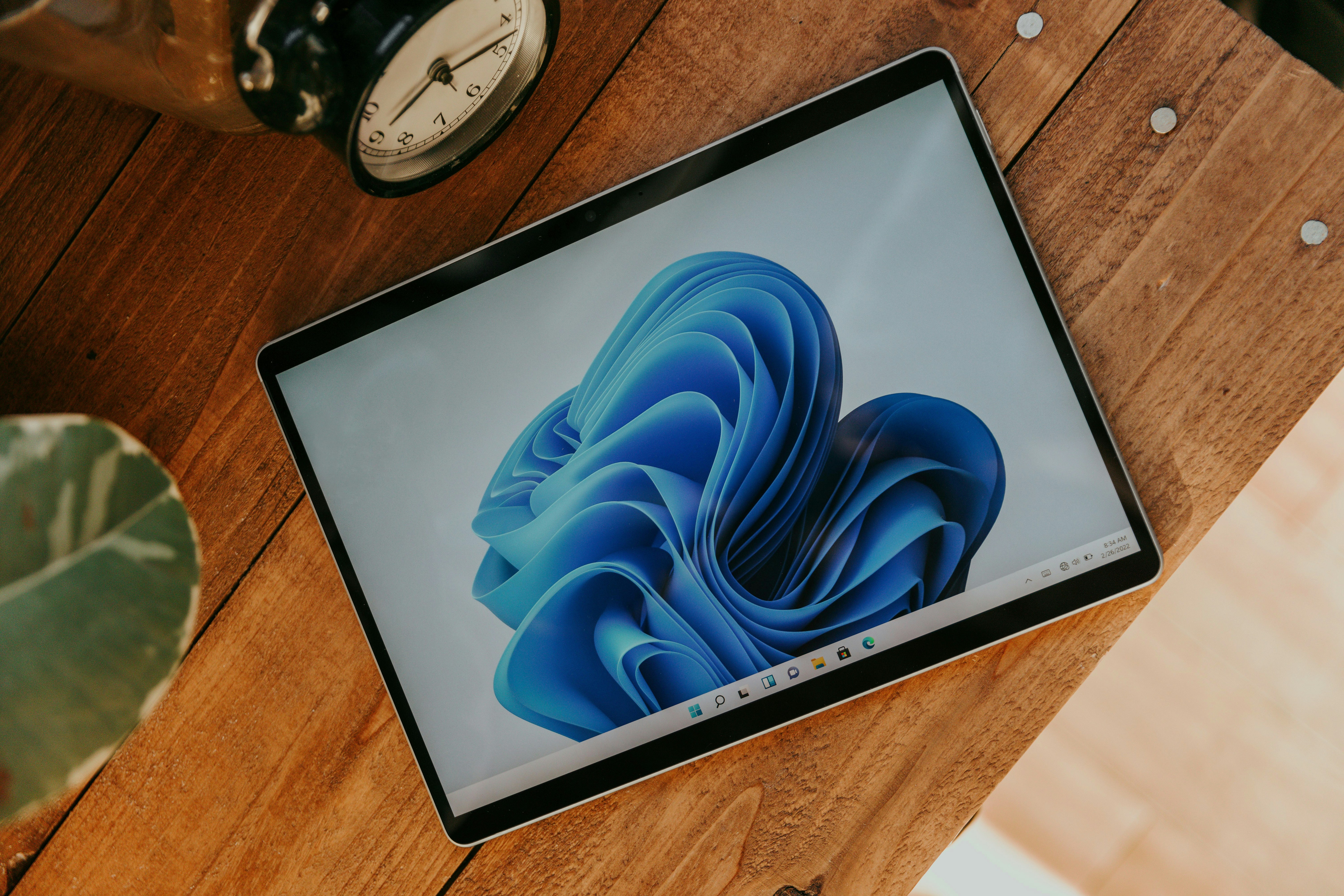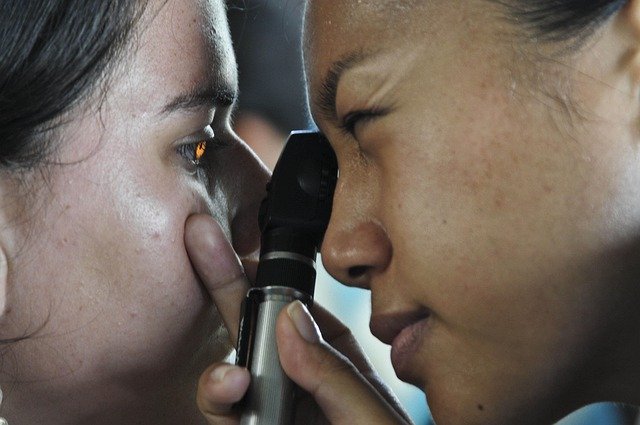The Emergence of Light Fidelity: A Revolution in Wireless Communication
Witness an innovation that is set to redefine the future of wireless communication — Light Fidelity (Li-Fi). This groundbreaking technology uses visible light communication (VLC) to transmit data, promising unprecedented speed and security. Let's delve into the fascinating world of Li-Fi and explore how it's set to change our digital landscape.
The Beginnings of Light Fidelity:
Li-Fi was first introduced by Harald Haas, a German physicist, during a TED Talk in 2011. The term itself stands for ‘Light Fidelity’, which is a nod to the technology’s use of light to transmit data. The concept of Li-Fi is rooted in VLC, a medium that uses visible light between 400 and 800 terahertz (THz) to transmit information. Unlike traditional Wi-Fi that uses radio waves, Li-Fi utilizes LED light bulbs to transfer data, potentially revolutionizing our current understanding of wireless communication.
The Current State of Li-Fi:
As of today, several tech companies are conducting trials and exploring the commercial viability of Li-Fi. From replacing traditional Wi-Fi in high-speed trains to providing secure internet in healthcare institutions, the applications of Li-Fi are vast and varied. In fact, an Estonian startup called Velmenni successfully tested a Li-Fi based network, achieving data speeds of 1GB per second, which is almost 100 times faster than traditional Wi-Fi.
The Potential Impact of Li-Fi:
Apart from its high data transmission speed, Li-Fi also boasts of enhanced security. Since light cannot penetrate through walls, it is far more difficult for hackers to gain unauthorized access to Li-Fi networks. Additionally, Li-Fi’s data transmission doesn’t interfere with radio waves, making it a viable option in environments such as airplanes or hospitals where radio wave interference can be detrimental.
The estimated price range for Li-Fi technology is still uncertain as it has not yet been commercialized. However, experts speculate that the cost would be competitive with Wi-Fi, considering the ubiquity of LED lights and the relatively low cost of VLC technology.
The Obstacles Ahead:
Despite its promising potential, Li-Fi technology still faces considerable challenges. The most prominent of these is its reliance on light. Since light cannot pass through solid objects or function effectively in bright sunlight, Li-Fi usage is restricted to specific environments and conditions. Moreover, the technology requires a direct line of sight between the transmitter and receiver, limiting its application in certain contexts.





